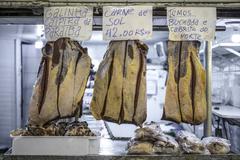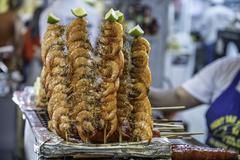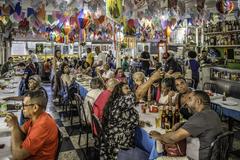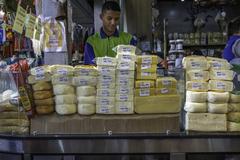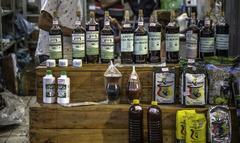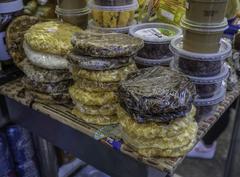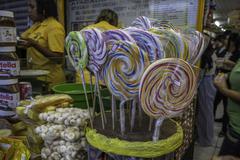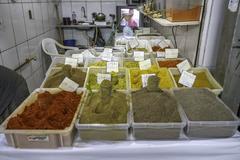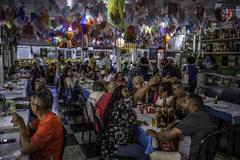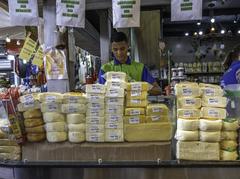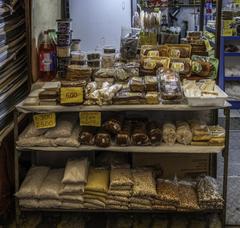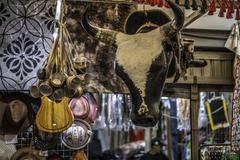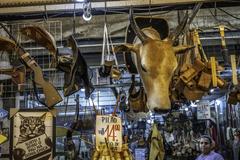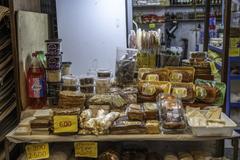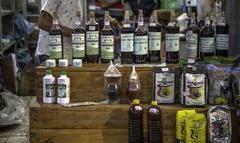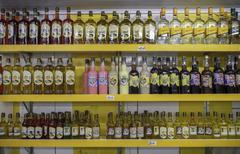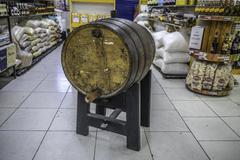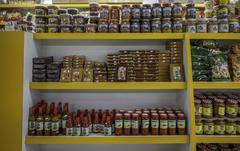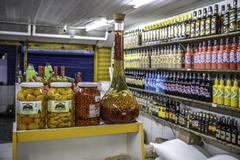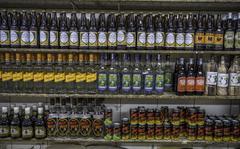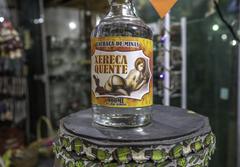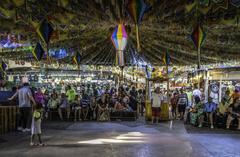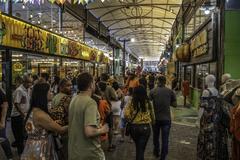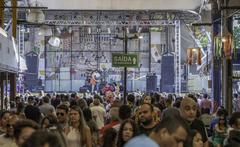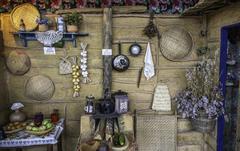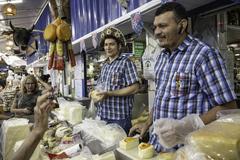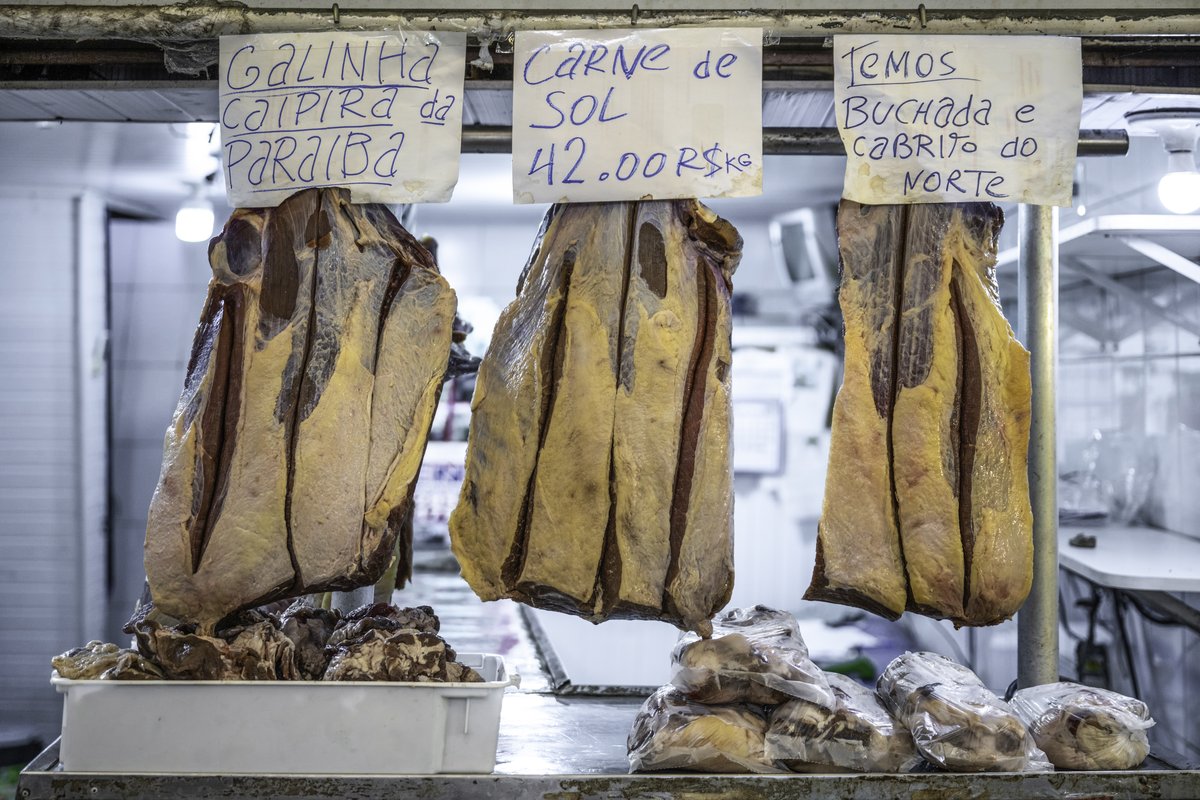
Centro de Tradições Nordestinas Luiz Gonzaga: Visiting Hours, Tickets, and Rio de Janeiro Historical Sites Guide
Date: 14/06/2025
Introduction
The Centro de Tradições Nordestinas Luiz Gonzaga—better known as Feira de São Cristóvão—is a vibrant cultural epicenter in Rio de Janeiro dedicated to celebrating and preserving the rich traditions of Northeastern Brazil. Established from the gatherings of migrants in the 20th century, it has evolved into a dynamic marketplace and cultural venue where music, dance, gastronomy, handicrafts, and festivals offer an immersive window into Northeastern heritage. This comprehensive guide covers the Feira’s history, cultural significance, visiting hours, ticketing, accessibility, nearby attractions, and practical tips for an enriching visit (feirasaocristovao.com; riotur.rio; riomemorias.com.br).
Table of Contents
- Introduction
- Historical Overview
- Visitor Information
- Current Structure and Social Impact
- Music, Dance, and Cultural Activities
- Gastronomy and Handicrafts
- Religious and Festive Traditions
- Accessibility and Facilities
- Getting There and Travel Tips
- Nearby Attractions
- Seasonal Highlights and Nightlife
- Family-Friendly Activities
- Challenges and Considerations
- Frequently Asked Questions (FAQ)
- Visuals and Media
- Summary and Final Tips
- References
Historical Overview
From Migrant Gatherings to Cultural Landmark
The origins of Feira de São Cristóvão can be traced to the 1940s, when migrants from Brazil’s Northeast arrived in Rio de Janeiro in search of work and better opportunities. Campo de São Cristóvão became a meeting point, where families reunited over music, food, and shared stories (tourb.com.br). What began as informal gatherings gradually developed into a bustling market, eventually requiring a more permanent structure.
Construction and Evolution
The São Cristóvão Pavilion, inaugurated in 1962, provided a vast space for exhibitions and eventually became the feira’s home. Despite fires and storms damaging the structure in the 1990s, the feira persisted thanks to community resilience. A major revitalization in 2003 led to the creation of a modern, accessible venue, renamed in honor of Luiz Gonzaga, the legendary musician who championed Northeastern rhythms and culture.
Recognition as Cultural Heritage
In 2008, the center was declared a Cultural Heritage site by Rio’s government. In 2010, it was recognized as an Intangible Cultural Heritage of Brazil, cementing its role as a bastion of Northeastern identity and pride (riomemorias.com.br).
Visitor Information
Visiting Hours
- Tuesday to Thursday: 10:00 AM – 6:00 PM
- Friday: 10:00 AM – 10:00 PM
- Saturday: 10:00 AM – 10:00 PM
- Sunday: 10:00 AM – 8:00 PM
Note: Hours may extend during festivals or special events. Check the official website before your visit.
Tickets and Admission
- General Admission: Usually free; some events may require tickets, purchaseable on-site or online.
- Special Events: Check event-specific details on the official website for ticketing (feirasaocristovao.com).
Current Structure and Social Impact
Today, the Feira covers approximately 37,000 m² and features around 700 stalls, three music stages, and thematic plazas. Attracting up to 400,000 visitors monthly, it fosters community cohesion and affirms the cultural identity of Northeastern Brazilians living in Rio.
Music, Dance, and Cultural Activities
Music and Dance
Live music is central to the Feira experience, with performances of forró, xote, xaxado, and baião filling the air, especially on weekends. Dance floors and stages invite spontaneous participation, and artists perform improvisational poetry and storytelling, reflecting deep-rooted oral traditions (WikiRio).
Cultural Festivals
The Feira’s calendar is punctuated by major festivals, especially the Festa Junina in June, with quadrilha dances, bonfires, and traditional foods. Other events include religious festivals and culinary fairs (riotur.rio).
Gastronomy and Handicrafts
Northeastern Cuisine
Sample authentic dishes such as:
- Baião de Dois (rice, beans, dried meat)
- Carne de Sol com Macaxeira (sun-dried beef with cassava)
- Sarapatel (pork offal stew)
- Acarajé, moqueca, tapioca, cuscuz
Restaurants and food stalls offer communal dining amidst live music, with prices ranging from R$25 to R$75 (Time Out).
Handicrafts
The market features lacework, leather goods, hammocks, musical instruments, and literature de cordel. Artisans share stories about their crafts, enhancing the shopping experience.
Religious and Festive Traditions
The Feira celebrates religious and folk festivals blending Catholic, indigenous, and African influences. Festivities like Festa de São João and Círio de Nazaré are marked by music, dance, and traditional foods (Festa de São João).
Accessibility and Facilities
- Wheelchair Access: Wide aisles, ramps, and adapted restrooms.
- Restrooms: Distributed throughout the venue.
- Security: On-site for visitor safety.
- ATMs: Available; carrying some cash is advised.
Getting There and Travel Tips
- Location: Campo de São Cristóvão, São Cristóvão, Rio de Janeiro, RJ 20921-440 (Google Maps)
- Public Transport: Accessible via São Cristóvão subway/train station and multiple bus lines.
- Parking: Large lot for up to 800 vehicles; public transport recommended during peak times.
Nearby Attractions
Combine your visit with trips to:
- Quinta da Boa Vista Park
- Museu Nacional
- São Cristóvão Palace
These sites offer additional insights into Rio’s history and culture (Riotur).
Seasonal Highlights and Nightlife
- Festa Junina (May–August): Special performances, extended hours, and themed foods.
- Carnival & Holidays: Themed events and markets.
- Nightlife: Open late on weekends with live music and dancing.
Family-Friendly Activities
- Play Areas: Games and activities for children.
- Workshops: Craft and culinary sessions.
- Street Performers: Entertainment for all ages.
Challenges and Considerations
- Crowds & Noise: Weekends are lively; visit weekdays for a quieter experience.
- Commercialization: Some stalls sell non-traditional items; seek out authentic crafts.
- Payment: Most vendors accept cards, but carry cash for small purchases.
Frequently Asked Questions (FAQ)
Q: What are the Feira de São Cristóvão’s visiting hours?
A: Tuesday to Thursday, 10:00–18:00; Friday and Saturday until 22:00; Sunday until 20:00.
Q: How much are tickets, and where can I buy them?
A: General admission is free, but some events require tickets. Check at the entrance or online.
Q: Is the venue wheelchair accessible?
A: Yes, with ramps and adapted facilities.
Q: How do I get there by public transport?
A: Use São Cristóvão train/subway station or multiple bus routes.
Q: What are the best days to visit?
A: Weekends for music and festivals; weekdays for a relaxed atmosphere.
Visuals and Media
Explore the virtual tour and photo galleries on the official website and social media for colorful market scenes, music, and culinary highlights.
Summary and Final Tips
The Centro de Tradições Nordestinas Luiz Gonzaga is a living celebration of Northeastern culture in Rio de Janeiro. From its roots as a migrant meeting point to its status as a cultural landmark, it offers visitors authentic cuisine, music, crafts, festivals, and a warm community spirit. Plan your visit by checking hours and event schedules, bring some cash, and explore nearby attractions for a complete cultural experience.
Stay updated with the latest news, event calendars, and guided tours by visiting the official website and following the Feira on Instagram.
For more curated guides, download the Audiala app and discover even more about Rio de Janeiro’s historical and cultural treasures!
